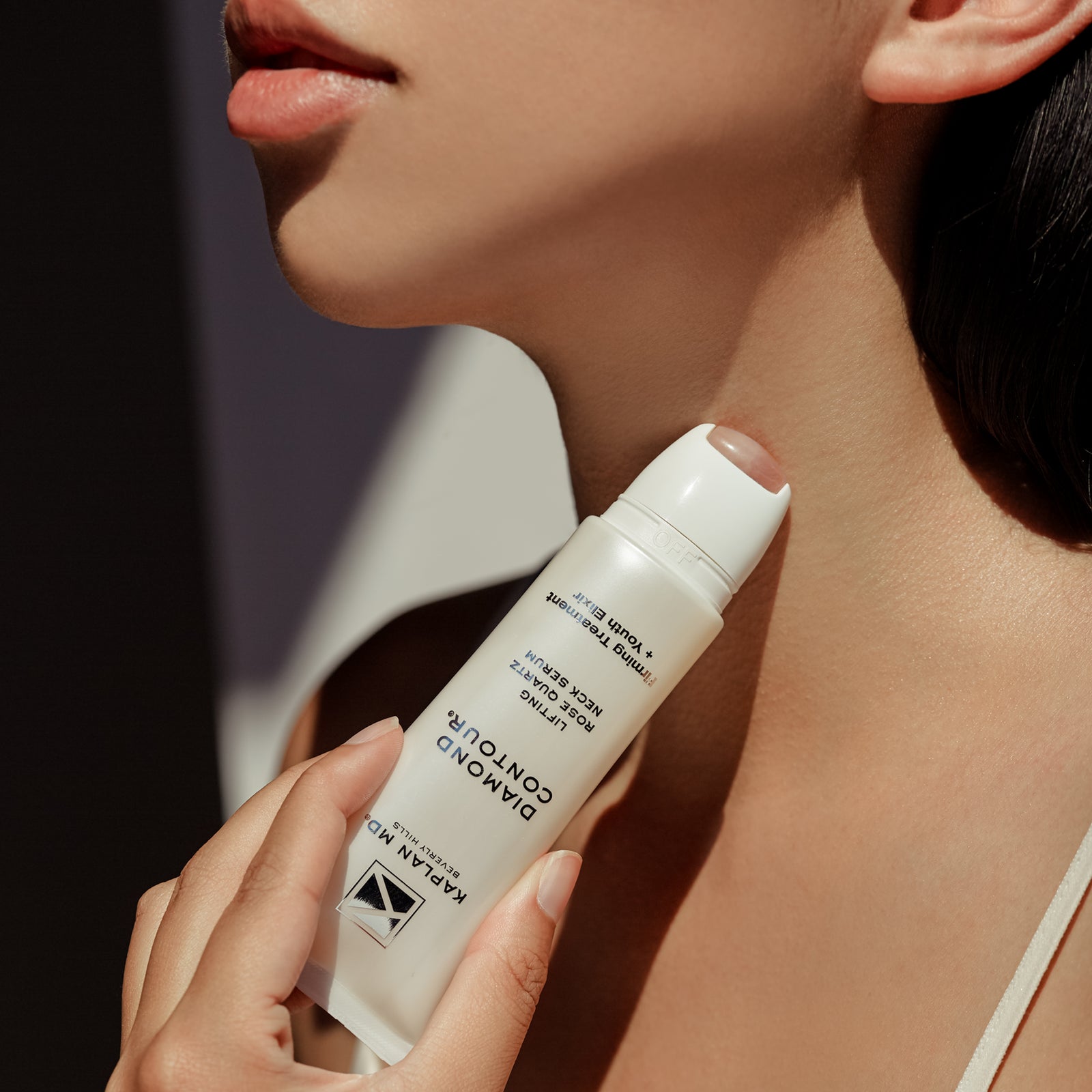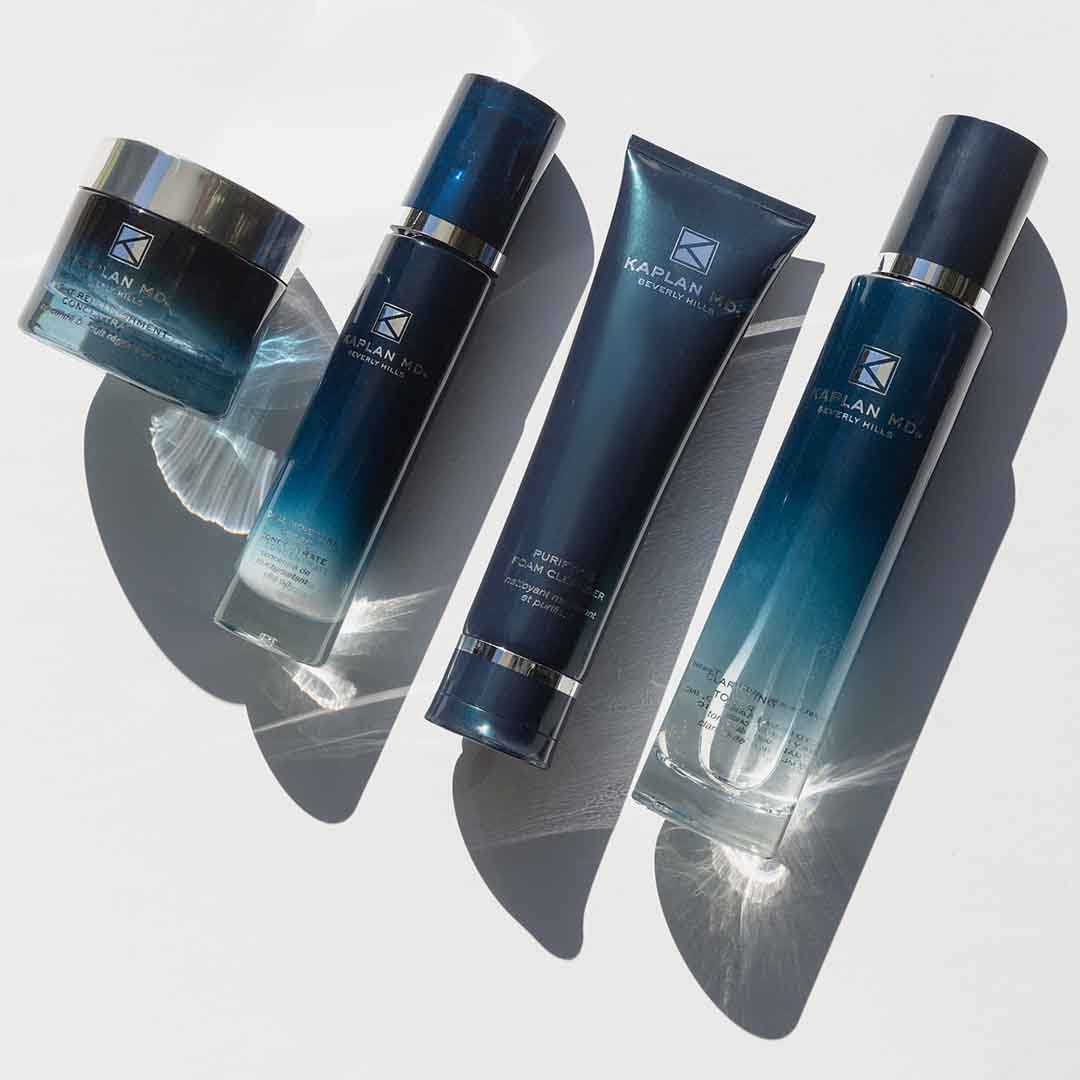Dr. Kaplan – Botox & Xeomin
What is Botox
Botulinum toxin, or Botox is an incredible new concept in treating early creases in younger skin, deeper lines, or preventing wrinkles as they start. It is ideal for younger patients, male and female, whose skin is just starting to age, as well as older patients who notice forehead creases, frown lines, and crows feet. Collagen, fat, and Gortex are effective means of treating wrinkles, but only after wrinkles occur. Botulinum toxin treats existing creases, as well as potential creases before they start. New studies confirm that facial lines around the eyes, brow, and forehead may not be the result of aging skin, but due to muscle contractions which force the skin into wrinkles. Since some wrinkles deepen and change with expression, it is sometimes difficult to judge how much collagen or fat to inject. Botox doesn’t just fill in the wrinkle; it treats the muscle that causes the wrinkle. Laser may smooth irregularities in the skin, but cannot prevent wrinkles from developing.
Botulinum toxin improves the appearance of the frown lines between the eyebrows (glabellar creases), the wrinkles at the outside edges of the eyes (crow’s feet), and horizontal forehead creases (worry lines). Frown lines are a cosmetic problem because they often signal the wrong emotion. Many people frown when they concentrate, and eventually develop deep creases between their eyebrows, giving them a worried or angry look. Crow’s feet at the sides of the eyes cause a “squinting” look. Horizontal forehead creases give people an aged look.
HOW TO CHOOSE YOUR DOCTOR
Botox, once opened, starts to lose its potency. Doctors who do not inject Botox daily often open a bottle for one patient, then store the remainder for later use. This results in a weaker strength Botox being injected in subsequent patients. Since Dr. Kaplan has a large number of Botox patients, he injects Botox daily, and each bottle remains fresh and at full strength.
Some patients question why advertised prices vary so widely. Botox comes as a powder, and needs to be dissolved in a specific amount of fluid to obtain the optimal concentration. Adding more fluid over-dilutes the Botox. This results in a weaker strength of Botox that can be sold more cheaply, but is less effective. Be cautious of advertised specials that sell Botox for unrealistically low prices. You may be getting a full syringe, but it may be of a weaker strength, and not last as long or work as well.
An article in published in the Los Angeles Times investigated the relationship between cost and value:
“Advertisements touting Botox injections for $95 and $100 have begun appearing in … Los Angeles and Orange County, sharply undercutting the standard $350 per facial area and raising questions about the quality of the bargain treatments.”
“Few people are aware that the strength of the Botox solution can vary widely among doctors.”
“Overly diluted injections, which can lower a doctor’s cost, can be ineffective and raise the risk of complications, such as having a droopy eyelid.”
“‘We can get three to four sites, at the most, out of one bottle. Simple arithmetic says charging $99 per site, you haven’t covered the cost of the bottle,’ according to a spokesman for the American Society of Plastic Surgery.”
“Malpractice companies recommend that Botox be provided in a doctor’s office by doctor trained in facial anatomy.”
“Allergan, manufacturer of Botox, issued a statement saying it will only market the treatment to specialty doctors, including dermatologists, plastic surgeons, … and ophthalmologists.”
Los Angeles Times, June 24, 2002
Choose a dermatologist who has extensive experience injecting Botox. Although complications are rare, doctors who inject Botox daily, and have been doing this for many years, have more experience and fewer complications than those doctors who inject Botox sporatically. Dr. Kaplan was one of the first doctors in Los Angeles to inject Botox. He has taught his techniques to other doctors, and has been a guest lecturer on Botox throughout the country.
Safety
Botulinum toxin is a remarkably safe injectable product. It has been approved to treat spasms of the muscles around the eye since the 1980’s. There have been no allergic reactions, numbness, or systematic side effects at the doses we use. In fact, for the past 15 years, it has been used in a safe and effective manner at much higher doses for patients with neuro-muscular disorders. It requires 10 minutes to inject, takes effect in three to five days, and lasts between three and eight months.
How It Works
Botulinum toxin treats the underlying cause of wrinkles by weakening the individual muscles that cause unwanted lines. The muscles relax, the skin flattens out, and creases are improved or prevented entirely. Thus, Botulinum toxin can prevent the occurrence of wrinkles before they start, as well as treat deeper preexisting creases. Botulinum toxin treats those wrinkles not addressed by face lifts.
How Is It Done And Does It Hurt?
By injecting botulinum toxin into the affected muscle and getting that muscle to relax, wrinkles and lines can diminish or disappear. The pain associated with the injection is similar to that experienced with any other injection.
What To Expect Following Treatment
When the toxin starts to wear off, wrinkles gradually return. At that time, re-injection is recommended. Injections two or three times per year are necessary to maintain the appearance achieved by the botulinum toxin.
The Effect Of Botulinum Toxin
Worry Lines Before And After Injection of Botulinum Toxin
Frown Lines Before And After Injection of Botulinum Toxin
Crow’s Feet Before And After Injection of Botulinum Toxin
Chin Wrinkles Before And After Injection of Botulinum Toxin
Neck Wrinkles Before And After Injection of Botulinum Toxin








